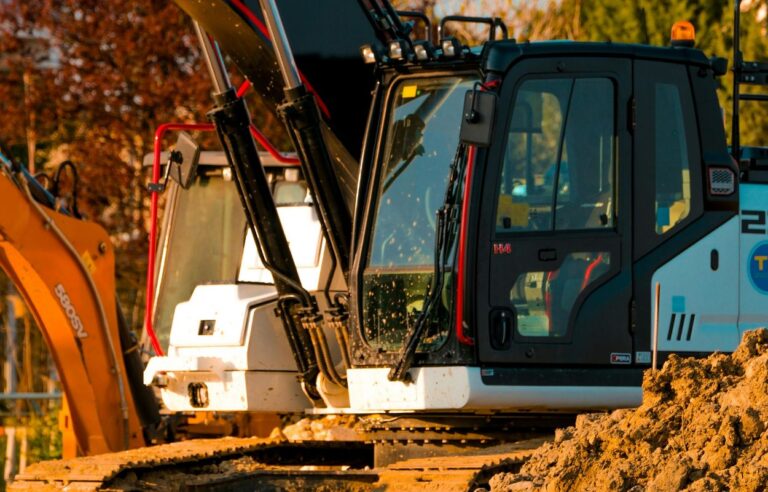
If you’ve been watching real estate trends lately, you might have heard whispers about something called deconstruction. It’s not as flashy as flipping houses or building new condos. But make no mistake—this quiet movement is making a huge impact. And savvy investors are paying close attention.
Deconstruction isn’t just another buzzword. It’s a thoughtful, eco-friendly way of dismantling buildings piece by piece, instead of knocking them down with a wrecking ball. And in places like Parksville, this sustainable approach is opening new doors for investors, developers, and homeowners alike.
Let’s break down what deconstruction really is, why it’s becoming so popular, and how it’s changing the real estate game in ways you might not expect.
WHAT IS DECONSTRUCTION, EXACTLY?
Most people think of demolition when it’s time to tear down an old building. Big machines come in. Dust flies. Everything ends up in a landfill.
Deconstruction flips that idea on its head. Instead of destroying everything, crews take apart the structure carefully. They salvage materials like wood, windows, bricks, doors, sinks, and even light fixtures. These materials are often in great shape and can be reused, sold, or donated.
This process is slower than demolition, but it comes with big benefits. And we’re not just talking about the environment.
WHY DECONSTRUCTION IS A WIN FOR THE PLANET
Let’s face it. The construction industry produces a massive amount of waste. When you demolish a building, most of it goes straight to the landfill. Deconstruction, on the other hand, gives those materials a second life.
Think of all the lumber, beams, hardwood floors, and antique finishes that often get destroyed during demolition. With deconstruction, those materials can be used again—either in new builds or sold to people looking for vintage charm.
In a world where sustainability matters more than ever, this eco-friendly method is catching on. Municipalities and homeowners alike are starting to prefer it over traditional demolition.
THE FINANCIAL UPSIDE FOR INVESTORS
Here’s where things get interesting. For real estate investors, deconstruction isn’t just about saving the planet—it’s also about saving money and unlocking new value.
When a property is deconstructed, the salvaged materials can be appraised and donated to organizations like Habitat for Humanity. In many cases, that donation comes with a sizable tax deduction. We’re talking thousands—sometimes tens of thousands—of dollars in potential savings.
Plus, if the lot is cleared sustainably, it can appeal more to eco-conscious buyers. That means higher resale value and faster sales. In markets like Parksville, where green living is a growing trend, this really matters.
DECONSTRUCTION IN PARKSVILLE: A LOCAL SHIFT
Parksville may be known for its beaches and peaceful lifestyle, but it’s also becoming a hub for sustainable building practices. More homeowners and developers are turning to deconstruction services in Parksville to handle their teardowns responsibly.
Instead of just removing old structures the fast way, people are choosing to do it the smart way. That means salvaging high-quality materials, reducing waste, and getting tax benefits in return.
Local companies offering deconstruction services in Parksville are seeing an increase in demand. And that’s not just from homeowners. Investors and builders are getting in on it too, recognizing that green practices can boost their bottom line.
WHAT MAKES DECONSTRUCTION DIFFERENT FROM DEMOLITION
The difference goes beyond the methods. Demolition is quick and messy. Deconstruction is slow and intentional.
Crews take the time to identify reusable parts before dismantling anything. They work from the top down, removing items like cabinetry, appliances, flooring, and roof materials one at a time.
Yes, it takes longer. But the benefits often outweigh the cost and time. Not only do you get valuable salvaged materials, but you also reduce your disposal fees. Landfill dumping isn’t cheap, and it’s getting more expensive every year.
HOW INVESTORS ARE PROFITING FROM DECONSTRUCTION
It might seem strange at first. Why would an investor care about salvaging old kitchen cabinets or hardwood floors? But when you add up the potential savings and tax incentives, it starts to make a lot of sense.
Let’s say you buy a tear-down home in Parksville. Instead of demolishing it, you hire a local deconstruction crew. They salvage $30,000 worth of reusable materials. You donate them to a nonprofit and get a tax receipt. That deduction could significantly lower your taxable income.
Meanwhile, the lot is cleared responsibly, which adds appeal for future buyers or tenants. Some investors even resell high-end salvaged materials themselves. With the right buyer, vintage flooring or hand-carved doors can be worth a lot.
SLOWER PROCESS, SMARTER RESULTS
Yes, deconstruction takes longer. But for many, the tradeoff is worth it. Not only do you get the feel-good factor of reducing waste, but you also get real financial returns.
In some cases, investors can start seeing profits before they even build anything new. Just by choosing deconstruction, they’re able to tap into tax credits and resell valuable materials.
And let’s not forget about community perception. Investors who care about the environment often build stronger reputations. People want to work with ethical developers. That can lead to more referrals, better partnerships, and stronger business growth.
THE FUTURE OF REAL ESTATE LOOKS GREEN
As climate concerns grow, cities are pushing for more sustainable development. Building codes are evolving. Incentives are growing. And the people behind the projects—developers, homeowners, and investors—are adapting too.
Deconstruction isn’t just a trend. It’s becoming a key part of how we think about real estate. In places like Parksville, where the natural surroundings are part of the appeal, the demand for sustainable practices is only going to grow.
Investors who recognize this shift early will have a major edge.
FINAL THOUGHTS: DON’T OVERLOOK THE POWER OF DECONSTRUCTION
If you’re involved in real estate in any way—whether you’re a builder, flipper, or long-term investor—don’t sleep on deconstruction. It might not be the fastest way to clear a lot, but it could be the smartest.
You save money. You help the environment. You gain goodwill. And in the right markets, you increase your property’s value.
Deconstruction might not make headlines every day. But it’s changing the real estate world one project at a time.
And for those paying attention, the rewards can be big.



